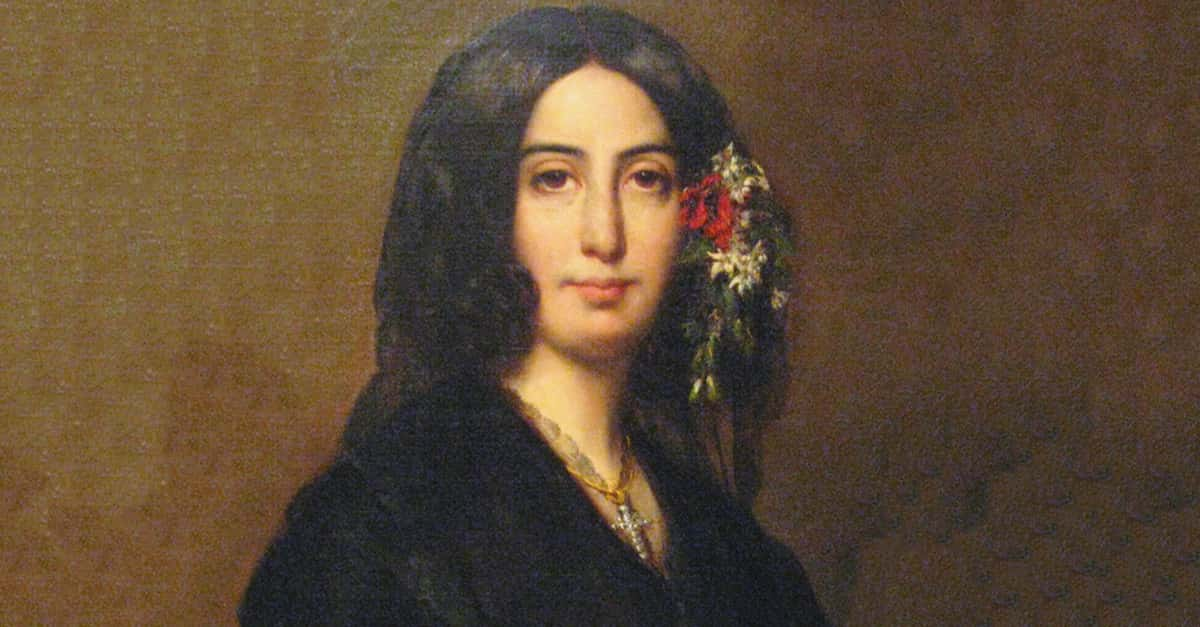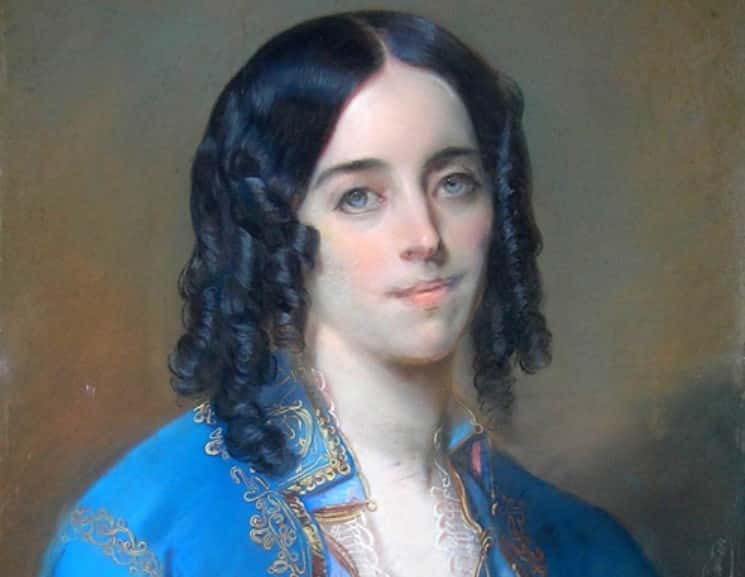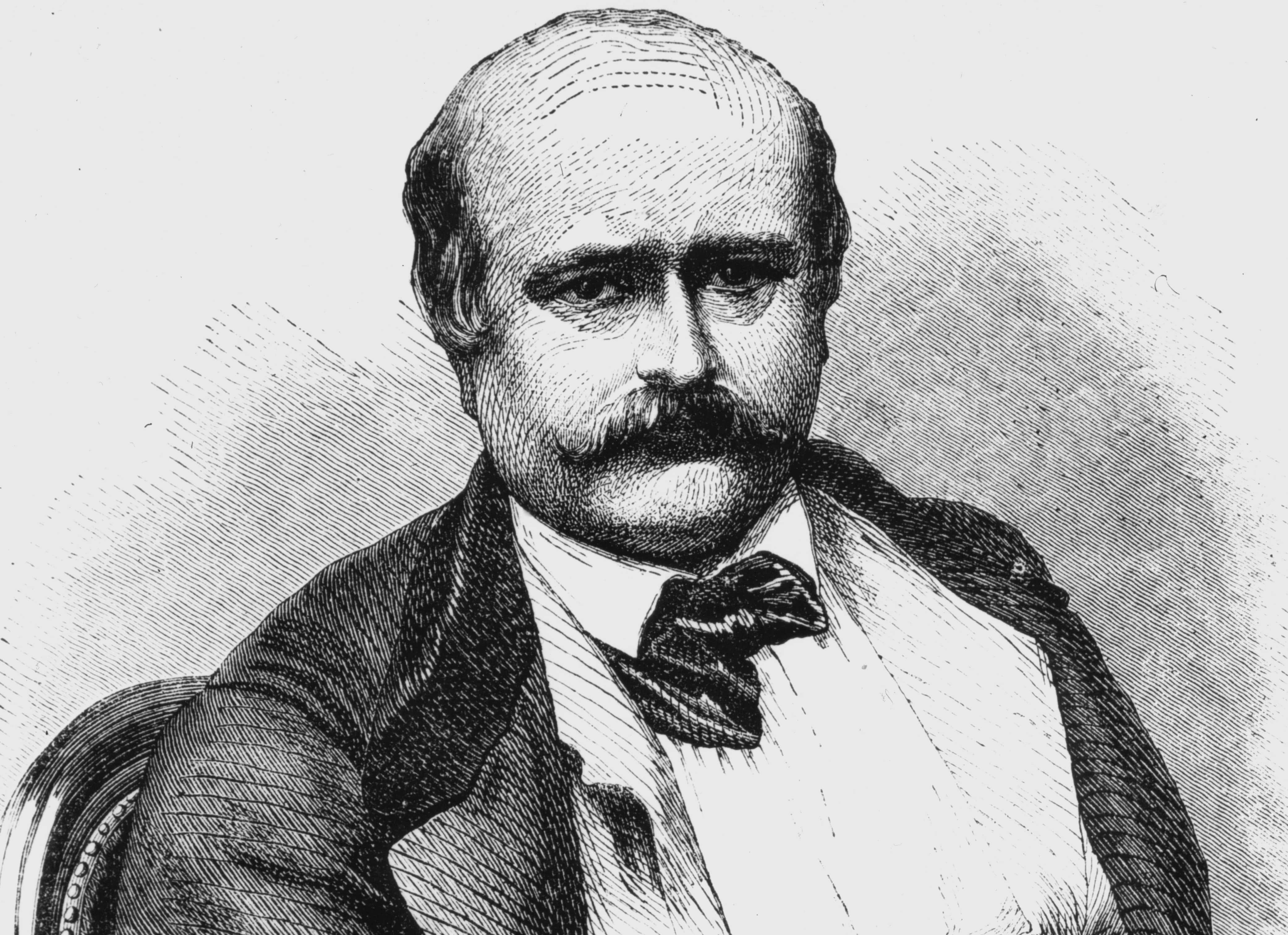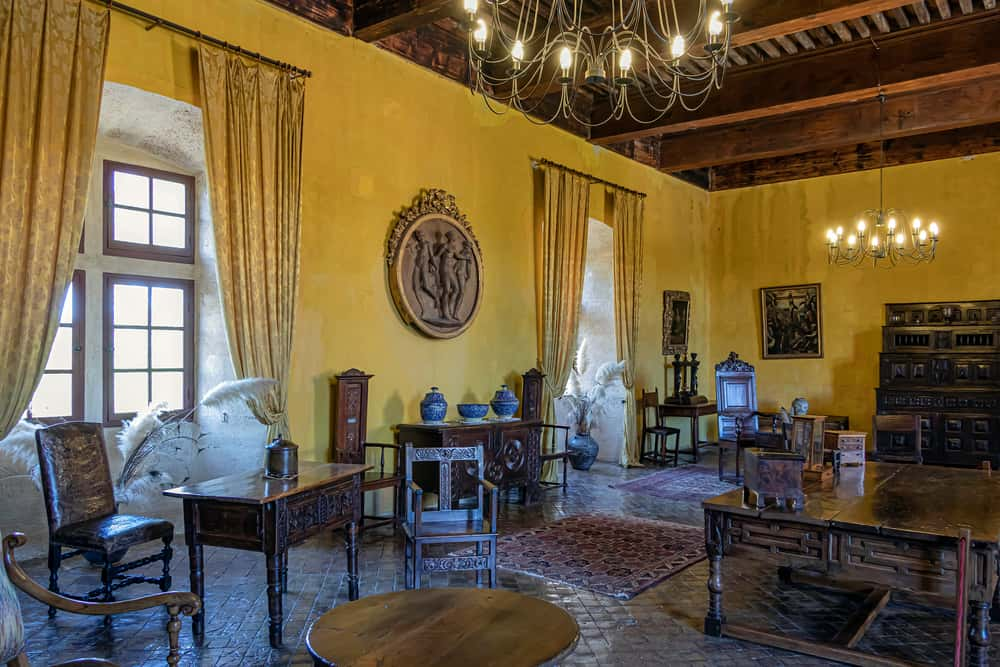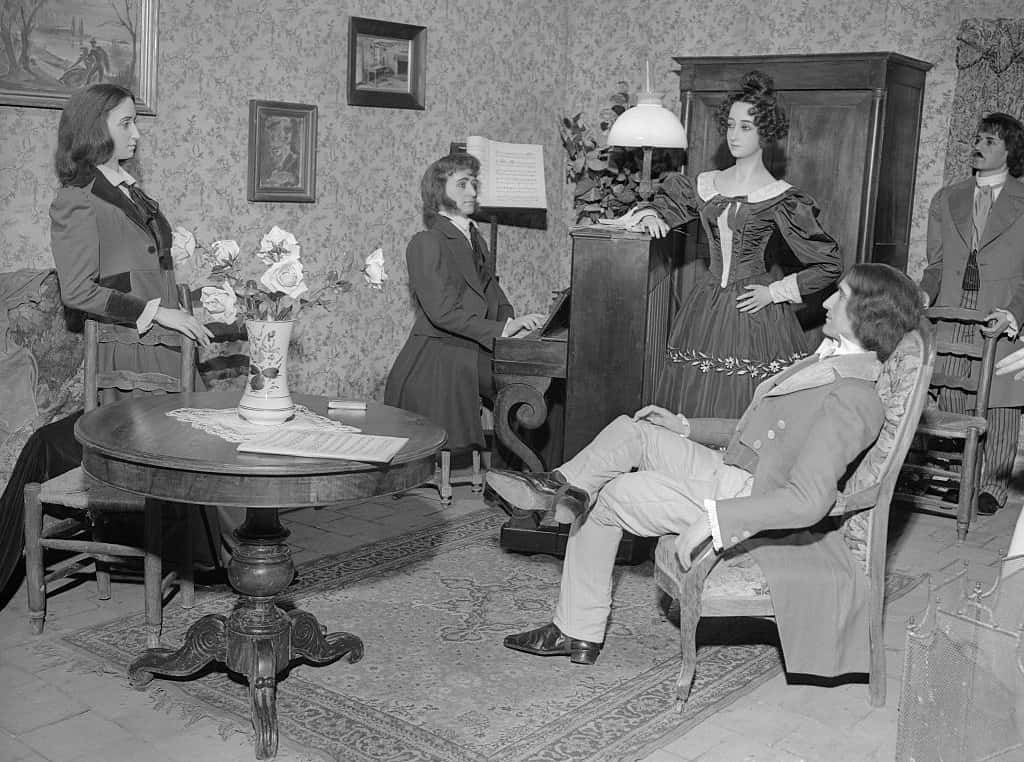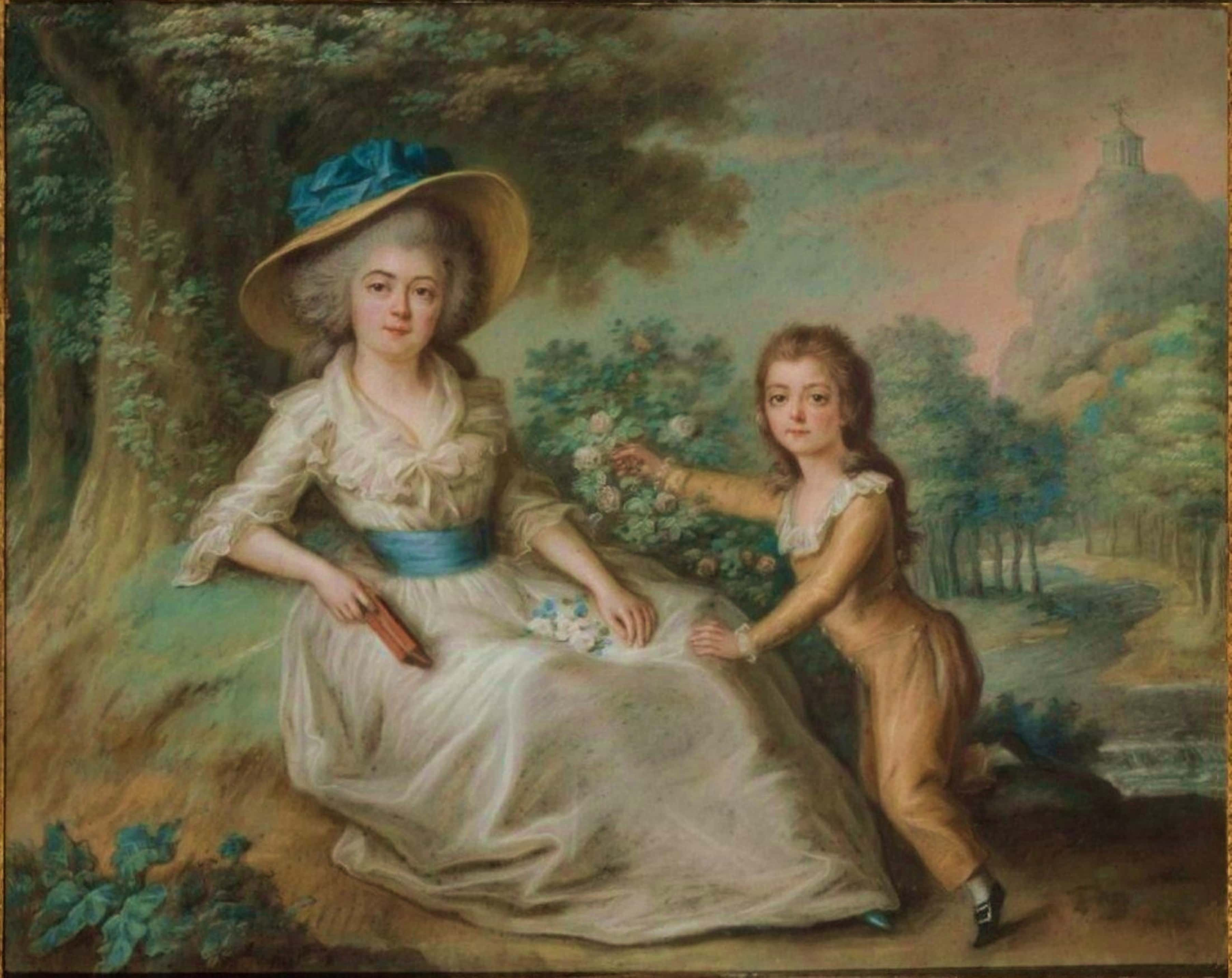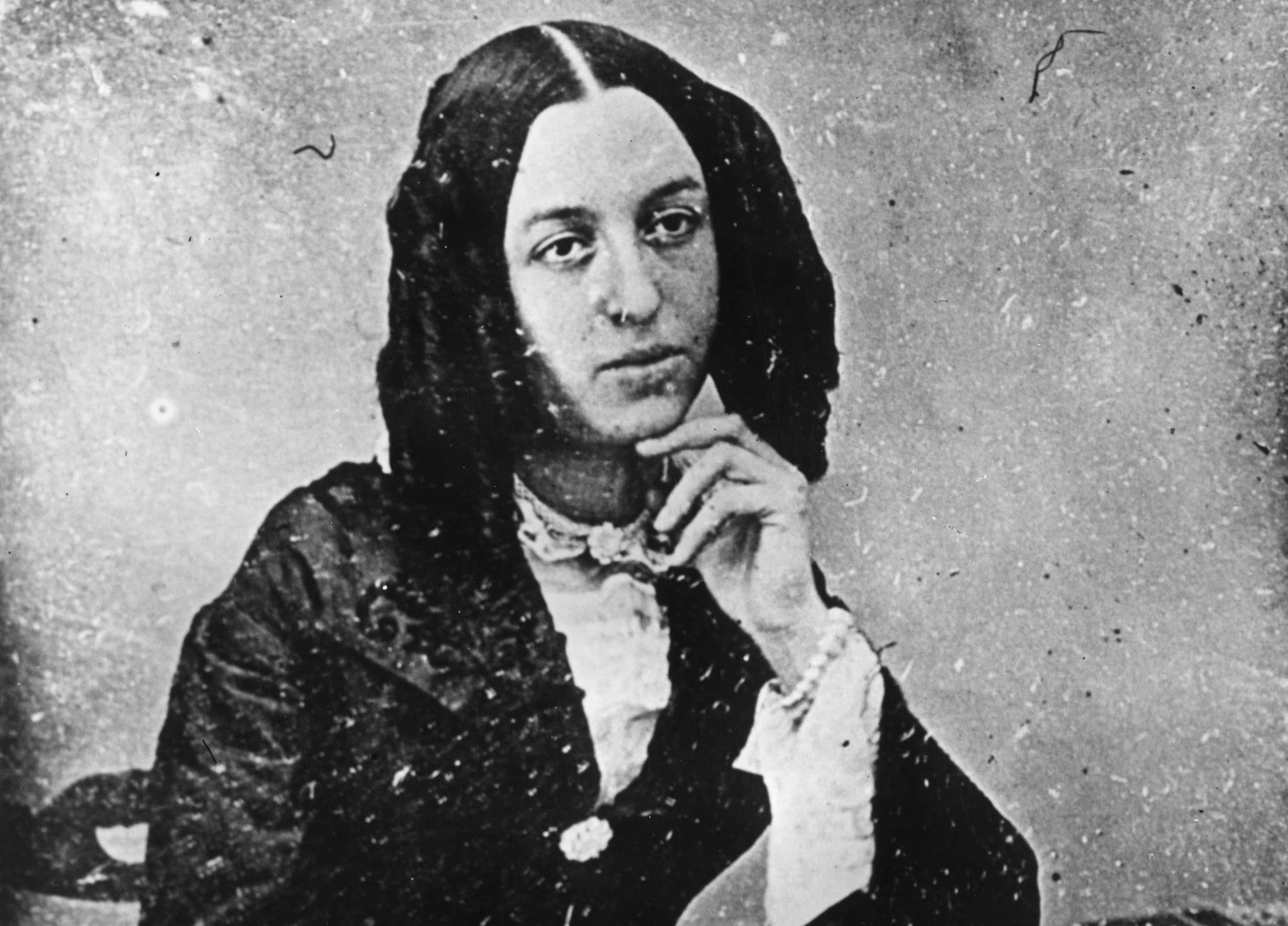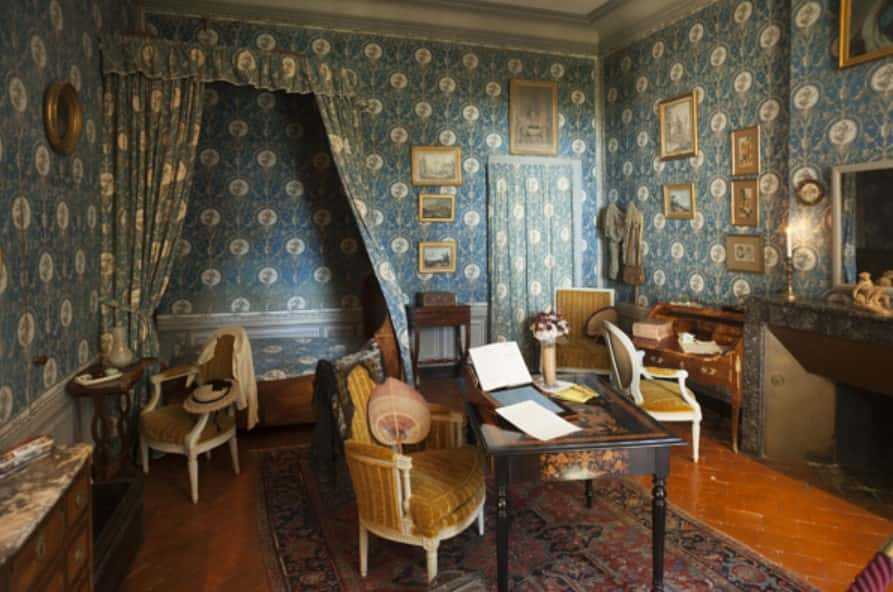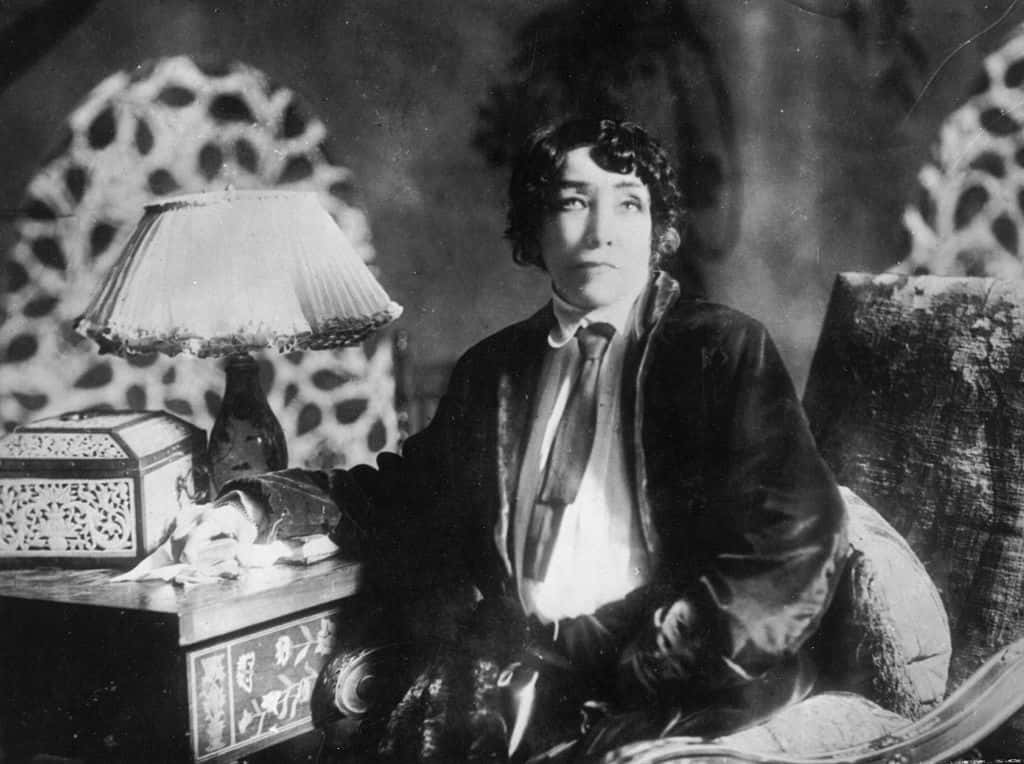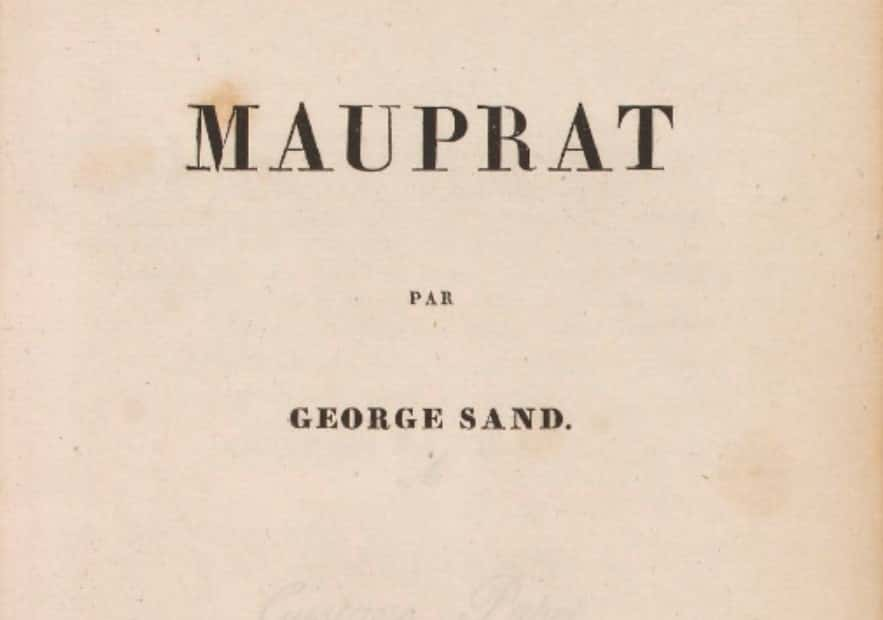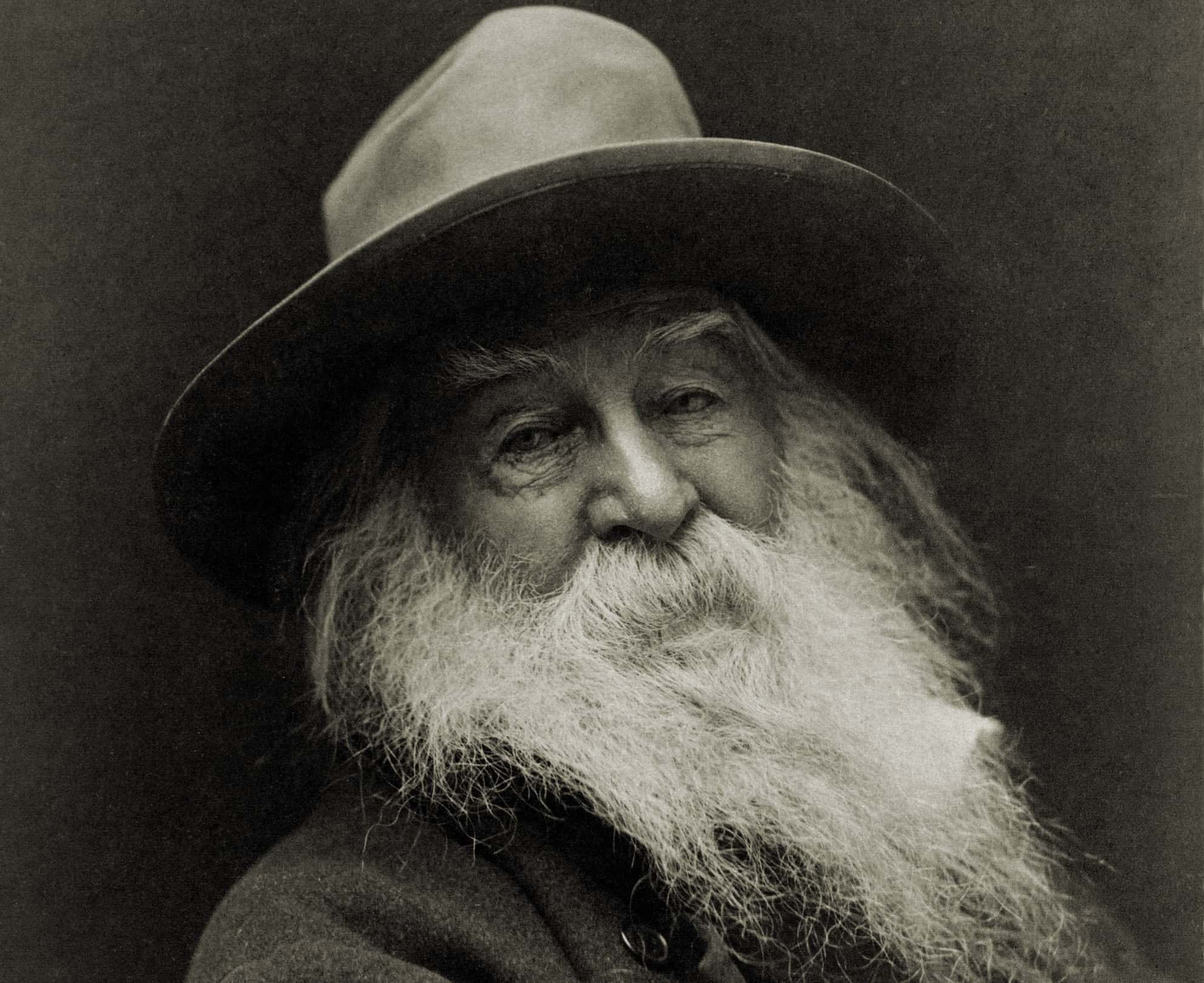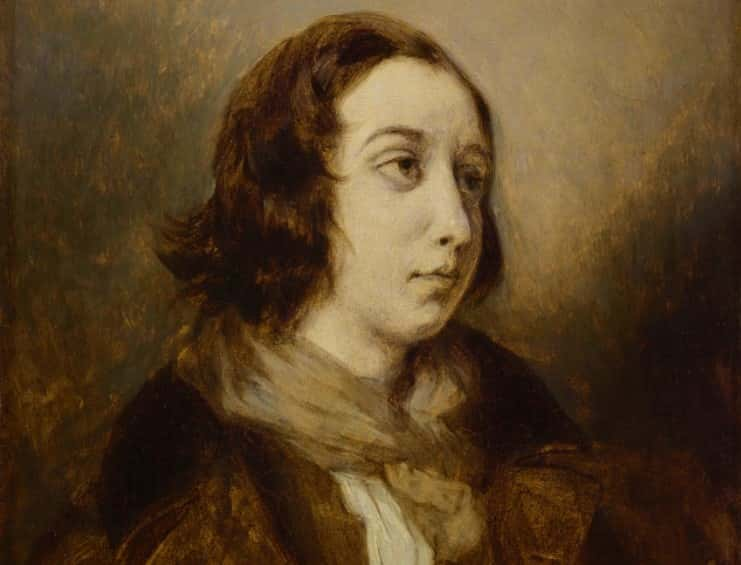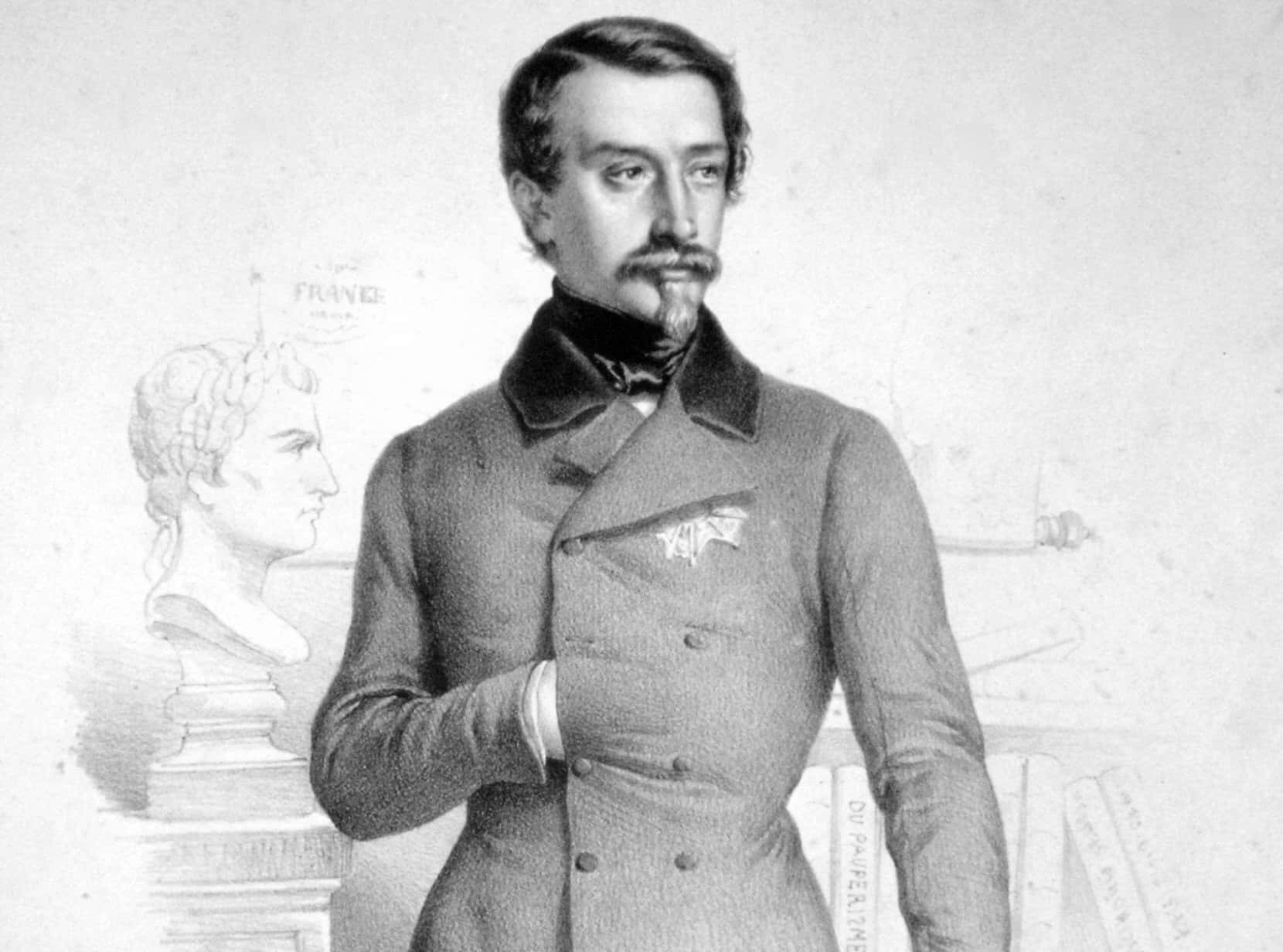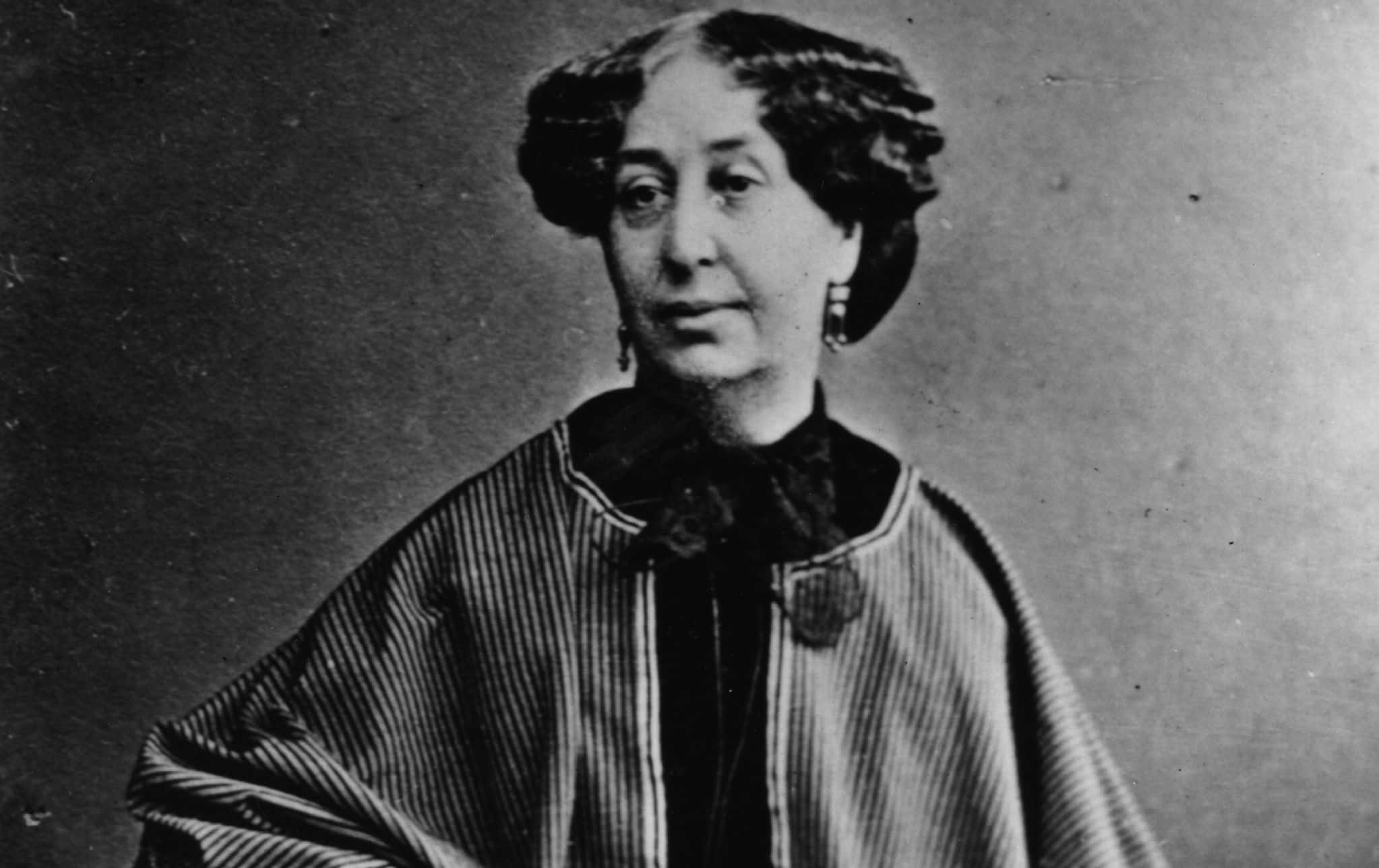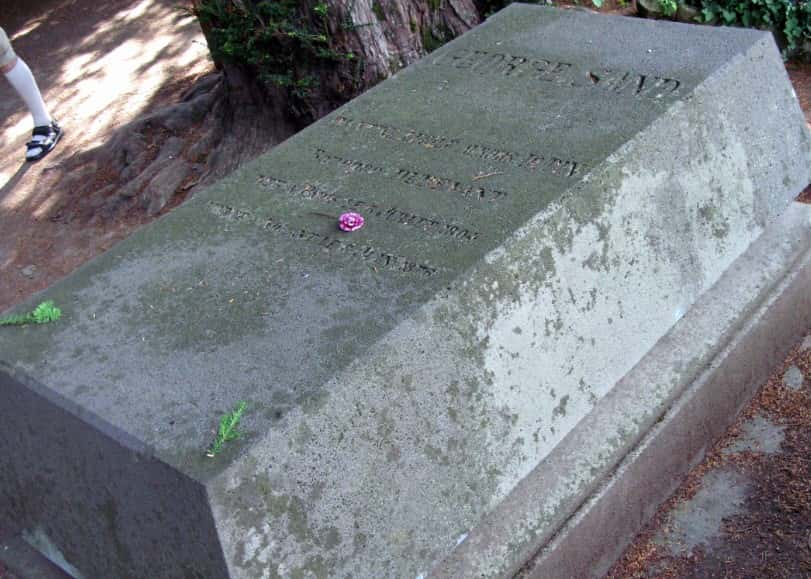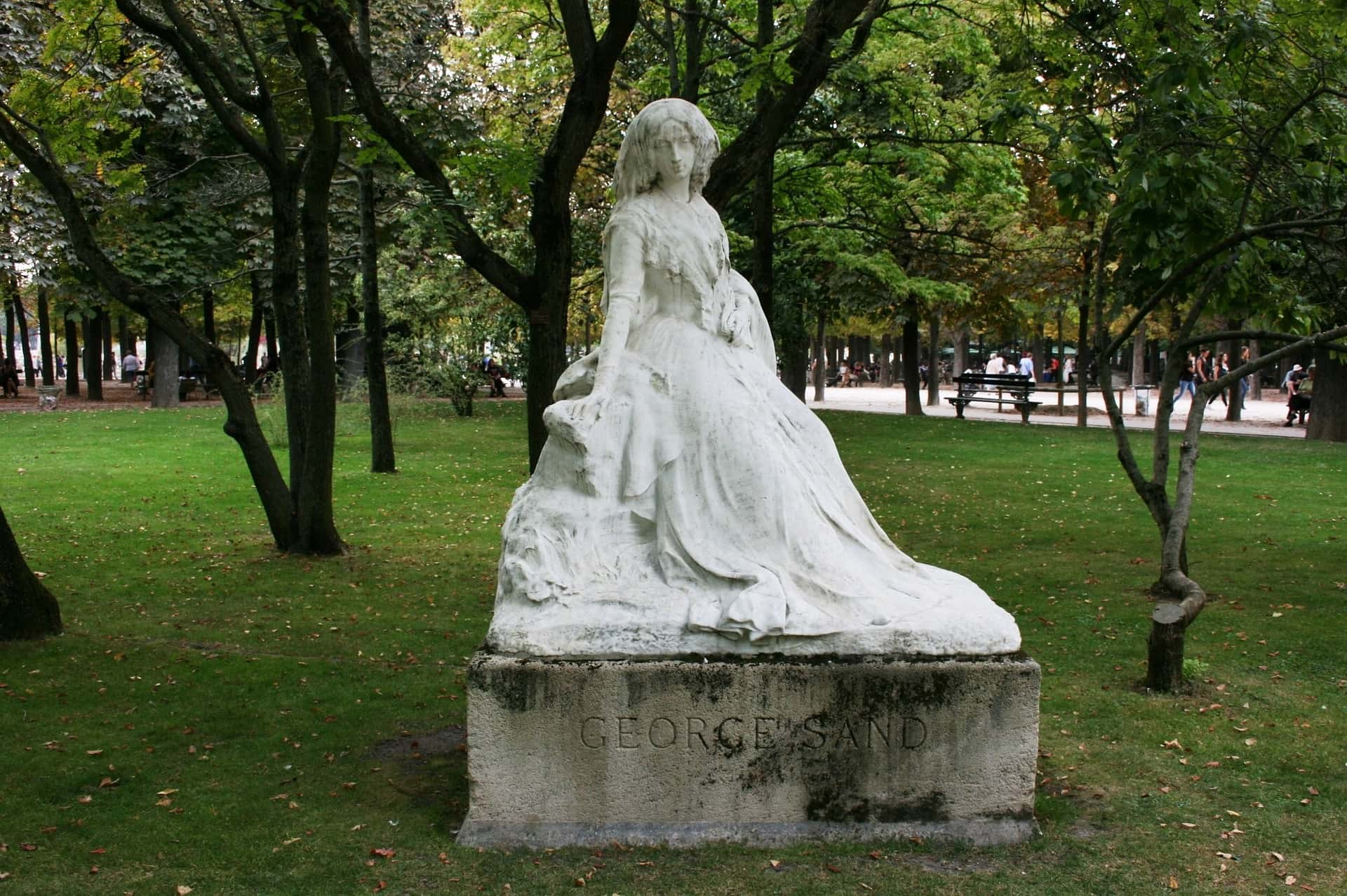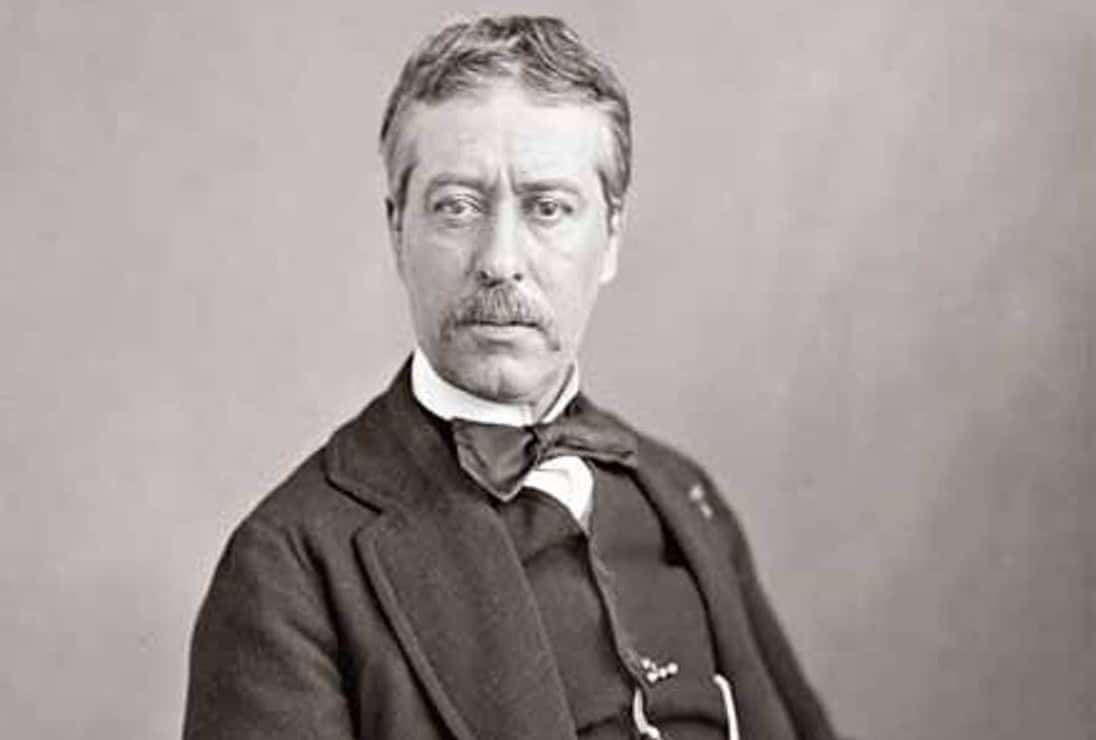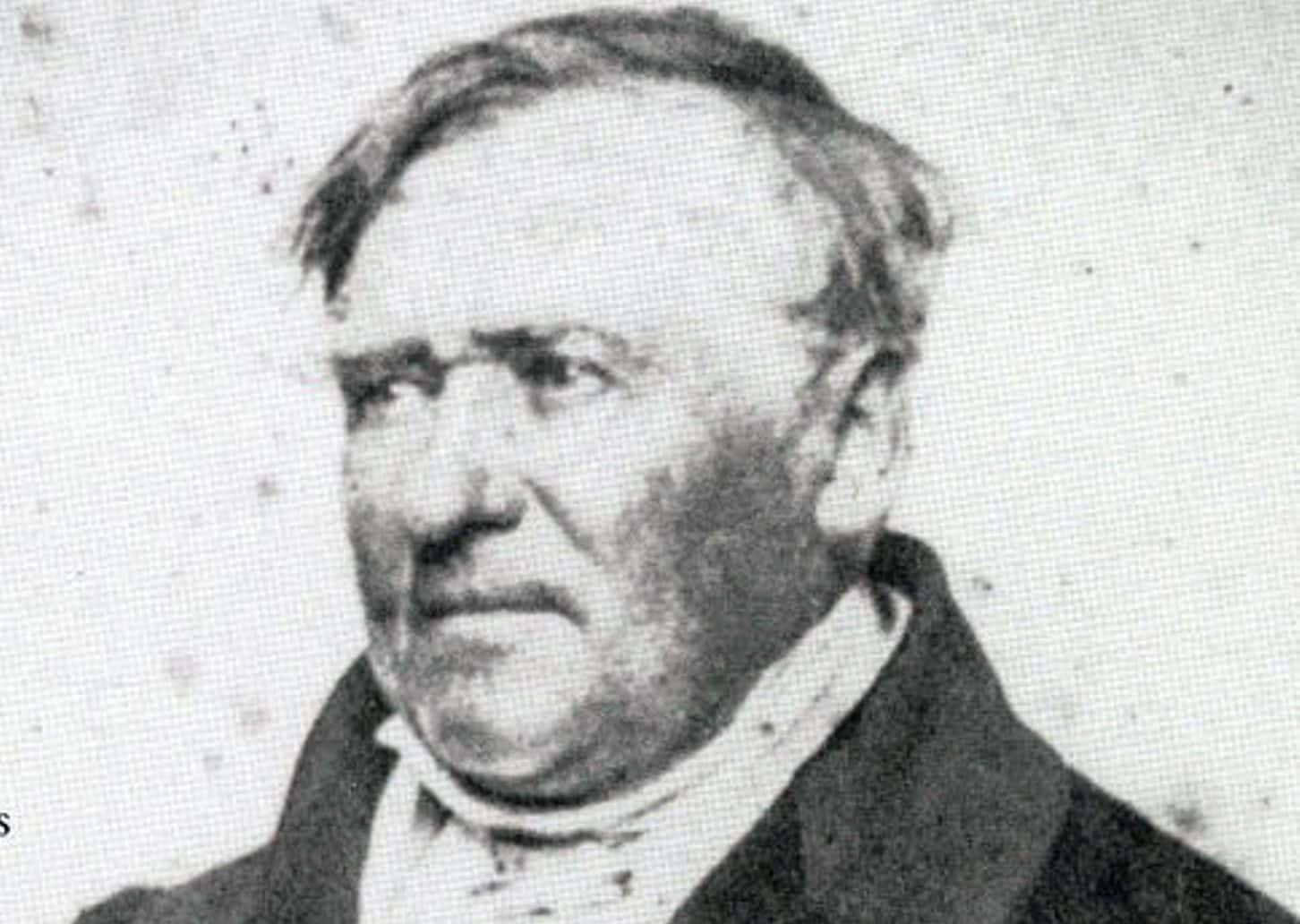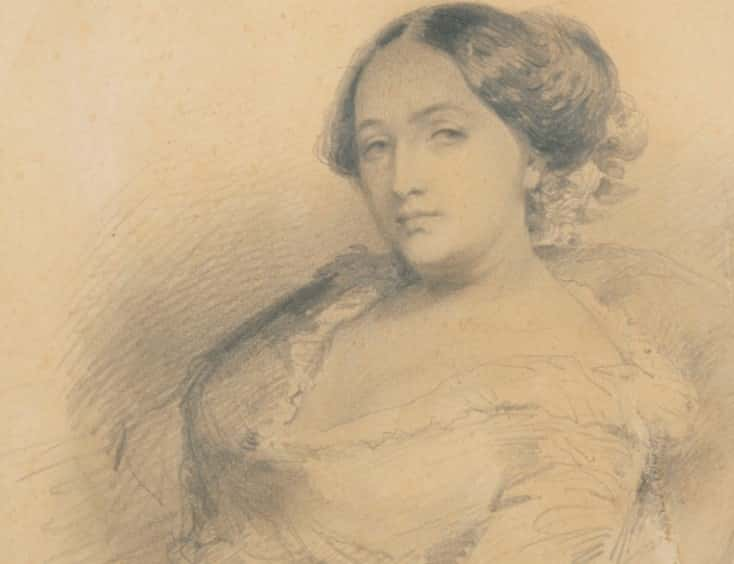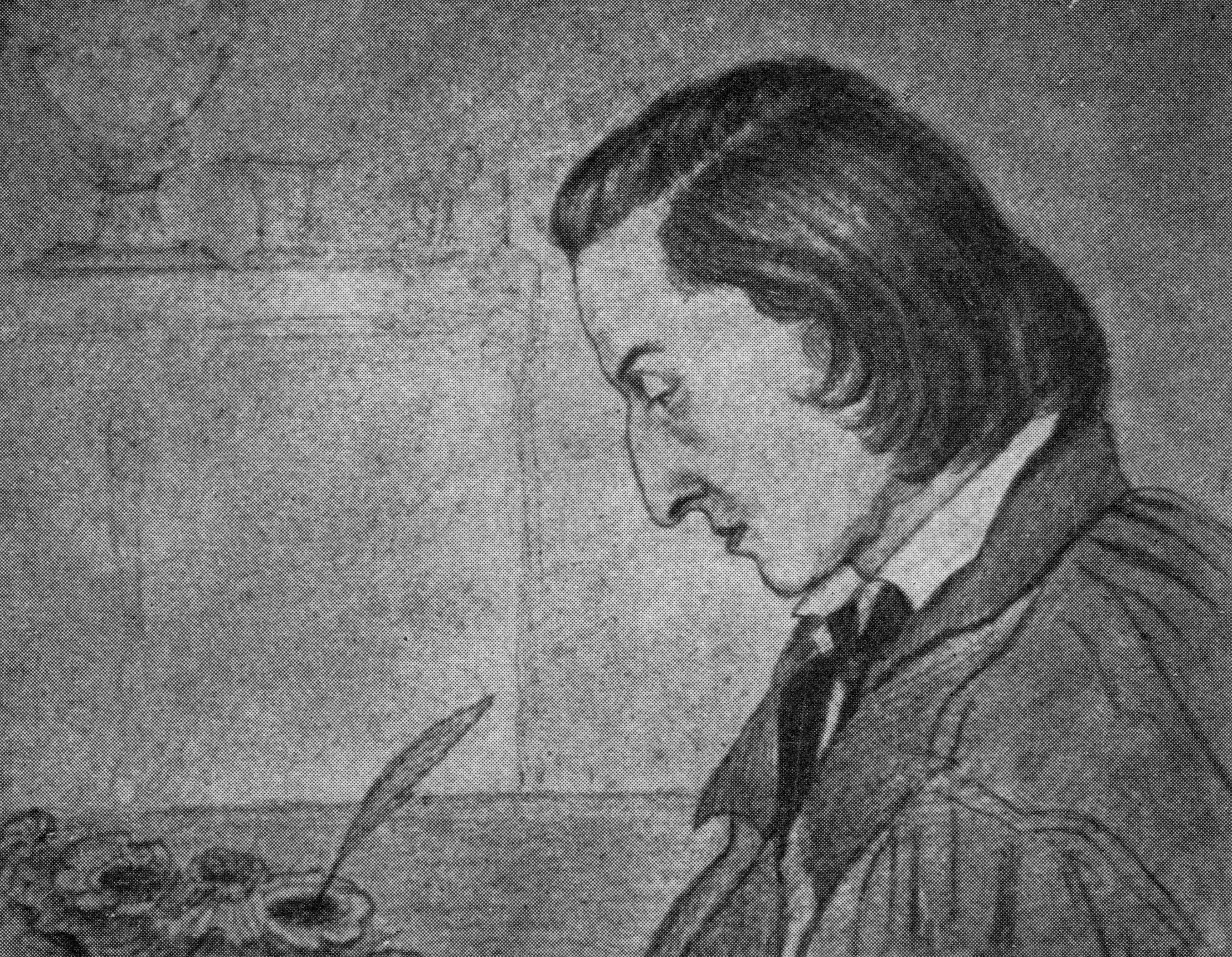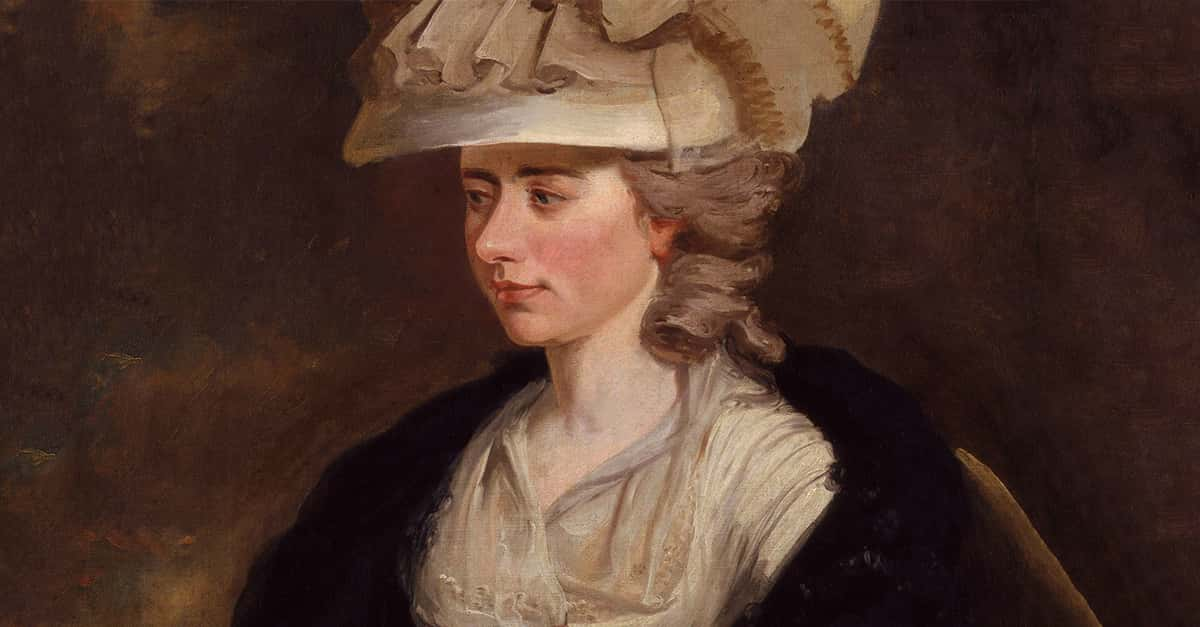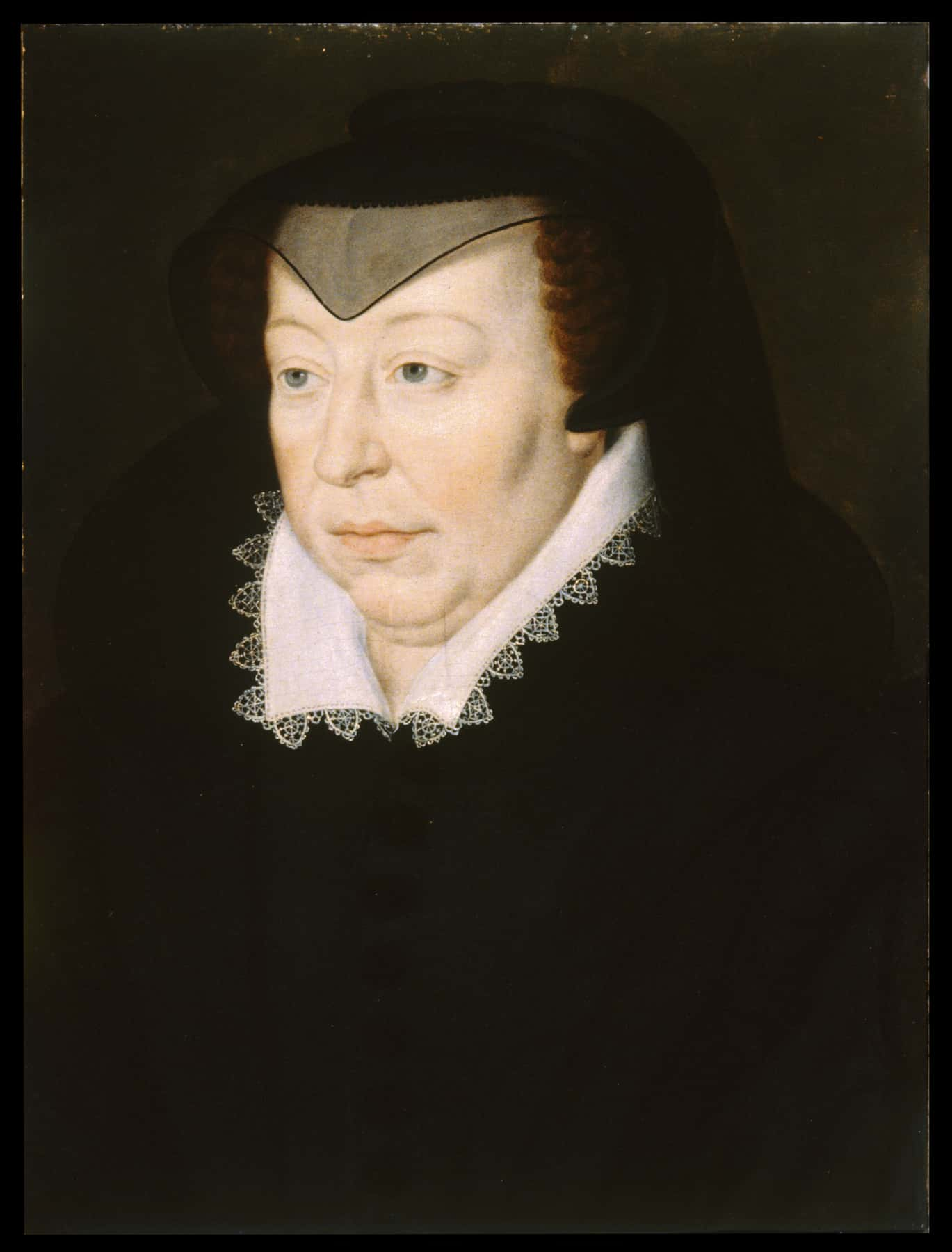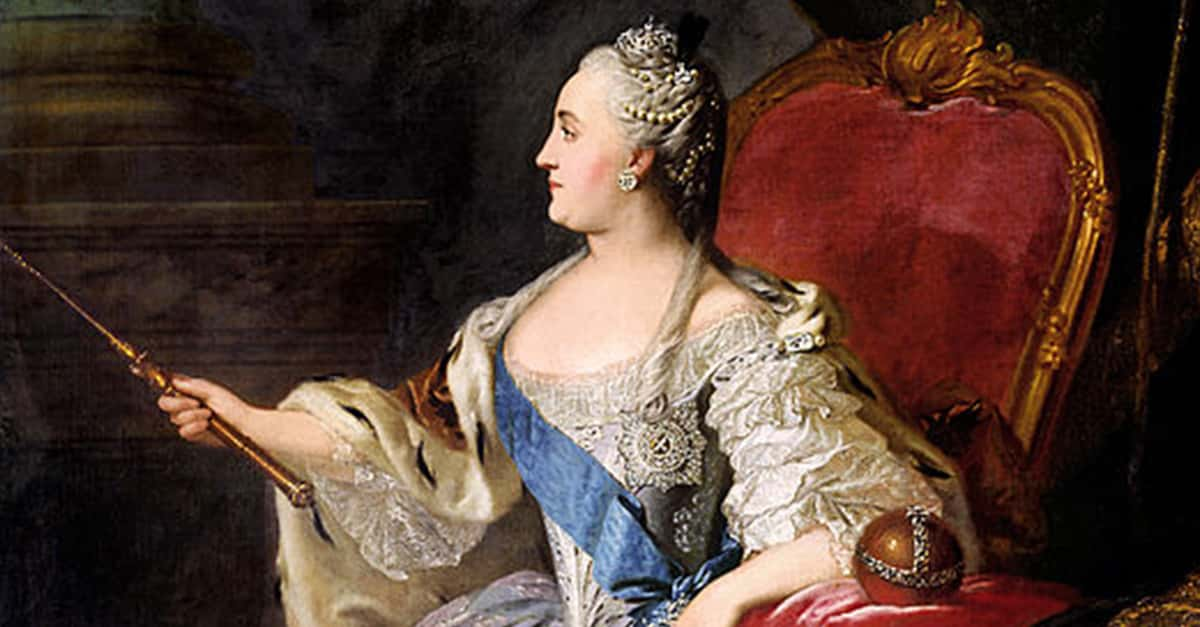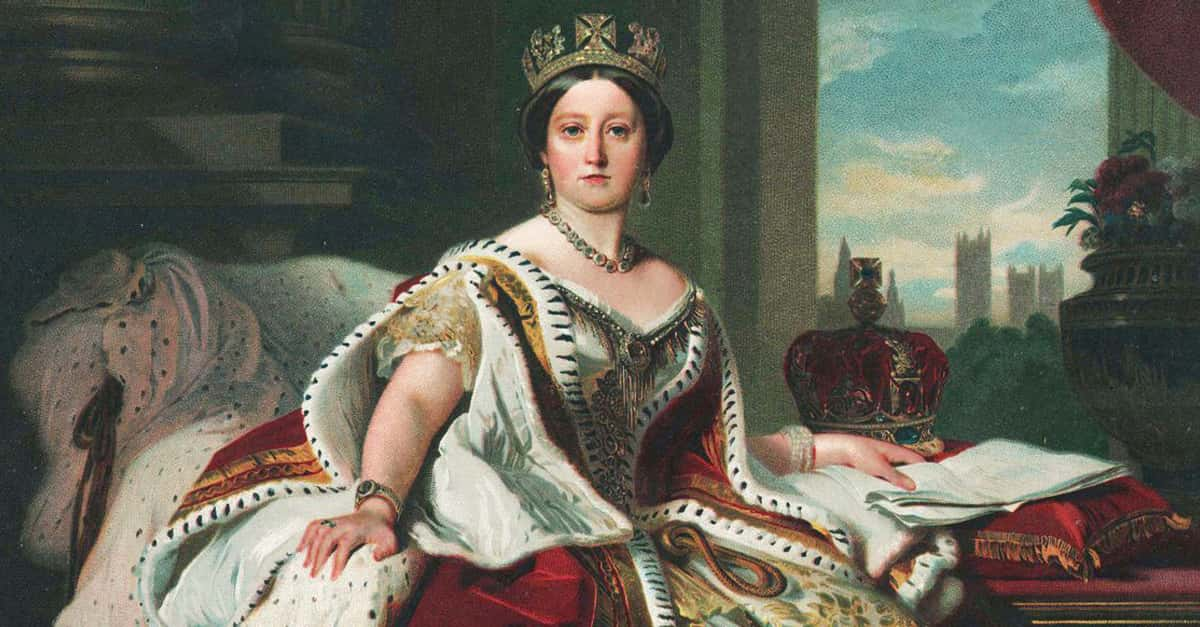If you were to name a famous French writer from the 19th century, most people would probably name Victor Hugo, or Honore de Balzac. However, during the 1830s and 1840s, the French writer whose fame eclipsed both these legends was George Sand.
Not only was Sand’s writing renowned, however; what also astounded French society was the fact that Sand was a woman writing under a male pen name. If you are curious to learn more about this groundbreaking French figure, continue scrolling down.
1. Which Name Card Would You Like?
While her literary fans know her as George Sand, her birth name was Amantine Lucile Dupin. Additionally, her family and friends often called her Aurore.
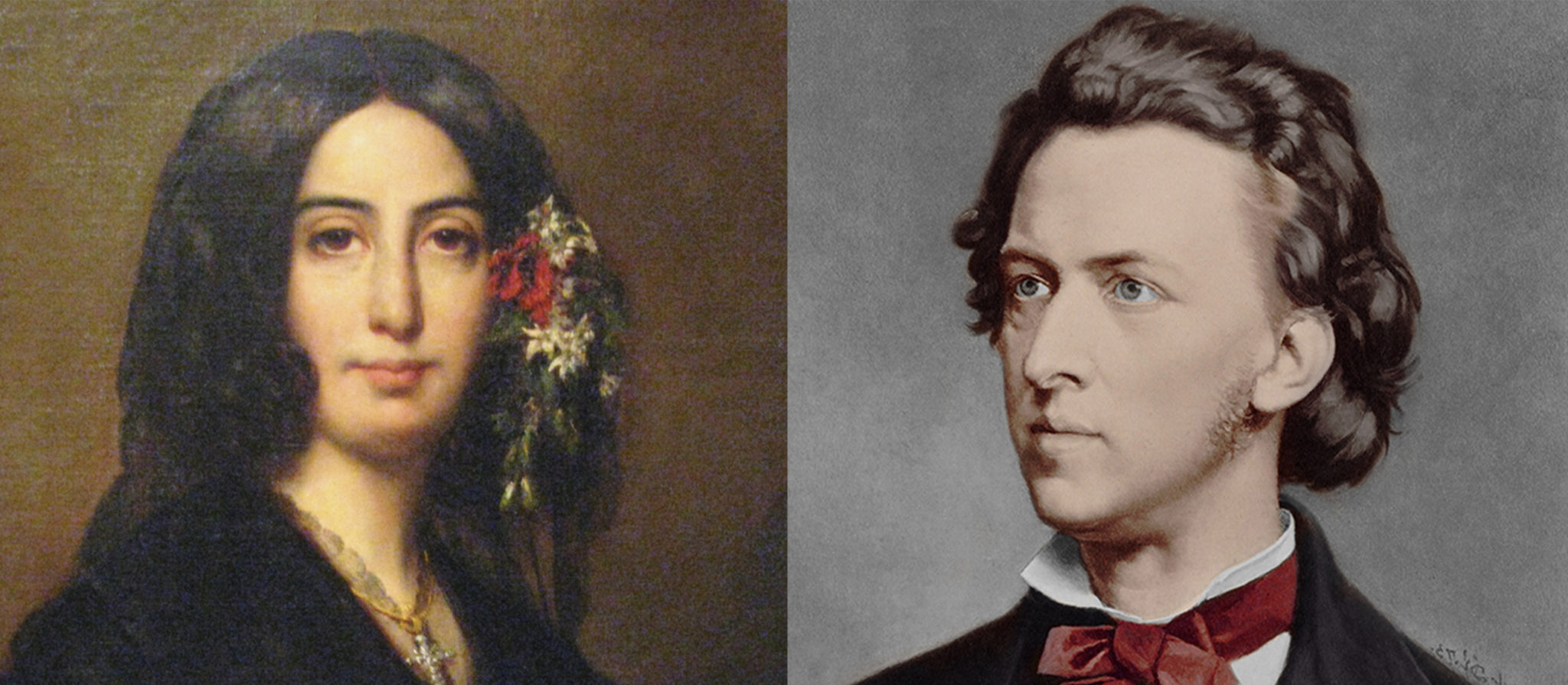
2. The Stephen King of Her Day
Sand was actually more successful than Victor Hugo. In fact, at the age of 27, she was already the most famous and in-demand author in all of Europe!
3. We’ll Vouch for Her!
In case you thought that she might have just been popular with the masses as a passing phase, get ready to be proven wrong. Sand wasn’t just deeply popular with the general reading population, her noted peers thought the world of her and her writing abilities. Fyodor Dostoevsky was a major fan of her work, reading anything by her that he could get his hands on in Russia.
Famed writer Marcel Proust also name-dropped George Sand’s work in his own seminal literature, and Victor Hugo referred to her as a “great woman". French writer Honoré de Balzac famously declared that if anyone had a problem with Sand’s writing, it was their fault and they needed to fix their critical standards. Mic. Dropped.
4. What a Coincidence
Sand was born on July 1, 1804, in Paris. Sadly, people who celebrate her birthday are rather overshadowed ever since that day by millions of Canadians launching fireworks into the sky.
5. How it Began
The origins of Sand’s pen name lay with the collaboration that resulted in her debut into the literary world. Working together with established author Jules Sandeau, Sand co-wrote a number of stories. Rather than both authors getting a shared credit, they created the pen name “Jules Sand” and released the stories under that name.
When it came time for her first independent novel, the pen name turned into “George Sand,” and the rest became history.
6. First and Last Home
Most of Sand’s childhood was spent in the French province of Berry, specifically her grandmother’s estate in Nohant. Sand continued to live there during her adult life.
7. Descended From Kings
Sand's family was connected to a number of high-ranking European aristocrats. Her paternal grandmother, Marie-Aurore de Saxe, was the illegitimate daughter of Count Maurice de Saxe, who himself was an illegitimate son of a King of Poland. This also made Sand distantly related to a line of French kings. Not too shabby.
8. I’m Still Jenny from the Block!
Before you assume too much about Sand’s privileged upbringing, it’s worth noting that despite any connection to royal families of Europe on her father’s side, Sand’s mother was described as “a commoner". Sand was also a strong advocate for the working class in her writing.
9. You’ll Go Far
One of Sand’s first literary supporters and mentors was Henri de Latouche, who was himself an accomplished poet and novelist. Despite his own writing, however, Latouche has become memorable for his role in bringing the work of other famous writers to the public. Aside from encouraging Sand, de Latouche also published the work of renowned French poet André Chénier.

History's most fascinating stories and darkest secrets, delivered to your inbox daily.
10. What a Sweet Grandchild!
Speaking of her paternal grandmother descended from royalty, Sand helped preserve Marie-Aurore de Saxe’s legacy and memory by writing about her during her career as an author. While writing her autobiography, Sand researched her grandmother’s life extensively so she could include her grandmother’s remarkable life into a novel meant to be about herself.
11. The People You Know
During the early part of her literary career, Sand’s novels showed the influence of several figures in her life, whether they were lovers, friends, or just people whom she admired.
12. Rustic Tales
As Sand developed into an established author, her voice emerged through her work. Among the main themes which she used and re-used in her works include the rustic setting of her home in Nohant, a sympathetic portrayal of the poor classes, and love conquering the forces of social status and conservative customs.
13. Sacré Bleu!
Sand was the subject of a 1974 mini-series, Notorious Woman, produced by the BBC. Containing seven episodes, English actress Rosemary Harris (whom some might know as Aunt May in the Tobey Maguire Spider-Man movies) starred as Sand herself. Despite the obvious stereotype of a British person portraying someone non-British, Harris won an Emmy for her performance as Sand.
14. From One Generation to Another
Sand was 16 years old when she returned to the family home in Nohant to care for her grandmother, Marie-Aurore de Saxe, following a stroke which left her paralyzed. In 1821, de Saxe passed on, leaving the house to Sand as her personal inheritance. It would remain in Sand’s family until the passing of Sand’s granddaughter.
15. Sand on Stage
Aside from the 58 novels that she wrote in her lifetime, Sand also wrote at least 13 different plays, including a French adaptation of William Shakespeare’s As You Like It. Another of her plays was co-written with the iconic French actress Sarah Bernhardt, who was called "the queen of the pose and the princess of the gesture".
16. Green Thumbs Unite!
One of the signature traits of Sand’s family house is the garden which thrived during Sand’s own lifetime and continues to this day. The garden has since been listed as one of the “Notable Gardens of France” by the French Ministry of Culture.
17. Little Fadette
One of Sand’s best-known novels is La Petite Fadette. Published in 1840, Sand wrote it after she’d left the city of Paris to return to the countryside. The novel reflects this decision, as the story takes place in a rural French setting. In 2004, La Petite Fadette was adapted into a French television film by Michaela Watteaux.
18. Pushing for Women’s Rights
One of Sand’s most progressive works was her 1837 novel Mauprat. In the vein of Beauty and the Beast, the story is a romance where a woman teaches a man how to be social and civilized. In a departure from the typical tale, however, Mauprat doesn’t end with a happily-ever-after marriage, and in fact, challenges the assumption that a woman’s place in a marriage is domestic.
19. What’s “Leaves of Grass” in French?
Sand's novel Consuelo was one of American literary giant Walt Whitman's favorites. Literary historians have noted that Sand’s writing (particularly passages within her novel La Comtesse de Rudolstadt) were greatly inspiring to Whitman’s own writing.
20. Lisztomania
In 1960, Columbia Pictures released the romantic biopic Song Without End. The film detailed the life of Hungarian composer and organist Franz Liszt. Starring Dirk Bogarde as Liszt, the film’s cast also included Patricia Morison as Sand. While the film didn’t make a profit financially, it did win an Academy Award for its soundtrack.
 Song Without End, Columbia Pictures
Song Without End, Columbia Pictures
21. Get Me out of Here!
As a teenager, Sand was sent to live in a community for nuns in Paris. The experience was rife with contentions and defiance on Sand’s part. Her grandmother eventually recalled Sand to live with her in Nohant. It wasn’t because of her refusal to buckle to the convent’s rules, however. Her grandmother was concerned with the mysticism encouraged by the nuns.
22. Wait, I’m the Bad Guy?
Song Without End wasn’t the only film released by Columbia Pictures to feature Sand as a character. Sand is portrayed by Merle Oberon in the 1945 Oscar-nominated film A Song to Remember, about the life of Frederic Chopin. However, Sand is villainized in the film and portrayed as an obstacle standing in the way of Chopin’s noble cause.
 A Song to Remember, Columbia Pictures
A Song to Remember, Columbia Pictures
23. Nice to Know You’re a Jerk
No matter how popular an author’s writing becomes, however, there is always someone who will find any stupid reason to dismiss them. In Sand’s case, French poet Charles Baudelaire soundly criticized her for what he perceived as her lack of morals. Not only did he insult Sand by calling her “stupid, heavy and garrulous,” but he also dismissed her as a “[tramp]".
Frankly, this kind of criticism says so much more about Baudelaire than Sand.
24. My Love!
In contrast to A Song to Remember vilifying the relationship between Sand and Frederic Chopin, the 1991 film Impromptu treated their relationship as a sweeping romance. Sand and Chopin are portrayed in the film by Judy Davis and Hugh Grant (because of course he was involved in a romance film from the 1990s!).
 Impromptu (1991), Sovereign Pictures
Impromptu (1991), Sovereign Pictures
25. Editing Is for Chumps!
Sand was very dedicated to her writing regimen. She wrote 20 pages every night from midnight until dawn. Reportedly, she never crossed a single line out of her work!
26. The Nation of Romance
The 1999 film Children of the Century was finally a story focused on Sand rather than the men in her life. As portrayed by Juliette Binoche, the focus is put on Sand’s tumultuous affair with Alfred de Musset.
 The Children of the Century (1999), Canal+
The Children of the Century (1999), Canal+
27. Tidy Sum
Following her demise, Sand’s children sold the rights to her literary estate for 125,000 francs. In 2019 US dollars, that translates to more than $1.4 million.
28. Writer-Turned-Stateswoman
During the late 1840s, French society became fraught with conflict and political division with the emergence of Charles-Louis Napoleon Bonaparte, the nephew of his famous namesake. Moreover, the French Revolution of 1848 threw further chaos into the mix. During this troubled time, a provisional government was set up in the wake of the revolution.
This government included Sand herself as a prominent member.
29. His Name was Bonaparte! How Did They Not Predict It?
Sand’s role in governing France did not last long, as the provisional government gave way to the Second Republic, with the aforementioned Charles-Louis Napoleon Bonaparte as its elected president. However, Bonaparte then led a military coup in 1851 and became the Emperor of France. During the transition of Bonaparte’s seizure of power, Sand used whatever influence that she could to ensure that several of her friends either received reduced sentences or pardons.
30. Beneath the Earth
Sand passed on June 8, 1876, at the age of 71. At the time, she was in the rural commune at Nohant-Vic. She was buried near the commune in a simple ceremony attended by the locals. This was allegedly in keeping with her final wish: according to at least one historical source, her last words were “leave greenery".
After her passing, her son and daughter would join her in the cemetery, which also contained Sand’s father and granddaughter.
31. The Burial Debate
In 2003, plans were revealed to move Sand’s remains out of the cemetery at Nohant-Vic and re-inter her at the prestigious Panthéon in Paris. This decision was hotly opposed by the locals of the village where she lies. Hailed as a “chronicler of the peasantry,” it was argued that her simple rural resting place was what she would have preferred, while others argued that Sand’s reputation and legacy are so important that bringing her to the Panthéon was an honor due to her.
32. Junior
Following in his mother’s footsteps, Sand’s only son would not only become a novelist in his own right, but he would take the pen name “Maurice Sand,” the name by which he is best known today. To be fair, that name is far easier to remember than “Jean-François-Maurice-Arnauld Dudevant". Sometimes a snappy name is a snappy name.
33. Stop by for a Visit
Despite the efforts to move Sand’s remains, she continues to rest with members of her family in the village of Nohant. Her former house still stands in the village as well and is currently a museum open to the public.
34. Long-Lasting Time Capsule
After Sand’s son and daughter were born, she planted two cedar trees in front of her family home to commemorate their births. In case you’re wondering, those two cedar trees planted by Sand in the name of her two children are still standing to this day.
35. Lighten up
One of Sand's habits that caused monocles to pop was her habit of puffing nicotine. It was unthinkable at the time that women would ever do something as unladylike as smoking, let alone in public as Sand did. Even her lover, Frederic Chopin, was initially put off by Sand when he first met her due to her bad habit.
36. I Prefer Trousers
One of the most controversial aspects of Sand’s life, however, was her choice to wear men’s clothing. During the 19th century, it was against the law for women in France to wear men’s clothing without an official permit. Sand didn’t bother to apply for such a permit, insisting that men’s clothing was more comfortable and durable than women’s clothing.
 Impromptu (1991), Sovereign Pictures
Impromptu (1991), Sovereign Pictures
37. Tying the Knot
In 1822, at the age of 18, Sand was married to Casimir Dudevant. Just like her grandmother, Dudevant was the illegitimate child of a high-ranking military officer and his mistress. In Dudevant’s case, his father was Baron Jean-Francois Dudevant.
38. New Mother
In 1823, Sand gave birth to her first child, a son named Maurice. Her second child, a daughter named Solange, was born in 1828.
39. I’ve Had Enough
Though they had their birth ranks in common, Sand’s marriage to Casimir Dudevant was unhappy and short-lived. In 1831, Sand separated from her husband and embarked on a series of romantic affairs (more on these later). This period of “romantic rebellion,” as it was called, resulted in an official divorce for the tormented couple in 1835.
40. Seasons of Romance
One of Sand’s most famous relationships was with acclaimed French composer Frederic Chopin. They spent a winter in Majorca together, and Chopin even moved into Sand’s home in Nohant for a time.
41. Based on a True Story
Sand wrote about her romantic getaway with Chopin in her autobiographical novel A Winter in Majorca. It was published in 1841 or 1842.
42. Bitter Break-up
Sadly, for hopeless romantics everywhere, the affair between George Sand and Frederic Chopin did not end well. For a variety of reasons, they ended their relationship around the year 1843, and things soured between them. For one thing, Sand based a character on Chopin in her novel Lucrezia Floriani, though she denied parodying him.
When Sand later became estranged from her daughter, Solange, Chopin maintained positive relationships with Solange. This infuriated Sand, while her son, Maurice, saw Chopin as a rival for his own ascendancy to becoming the man of the house. It was too much tension for the former lovers: When Chopin died, Sand refused to attend his funeral.
Sources: 1, 2, 3, 4, 5, 6, 7, 8, 9, 10, 11, 12, 13, 14, 15, 16, 17, 18, 19, 20

